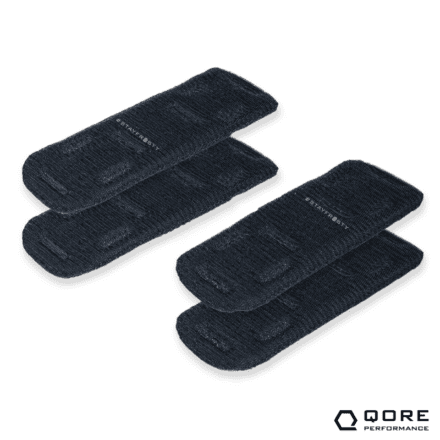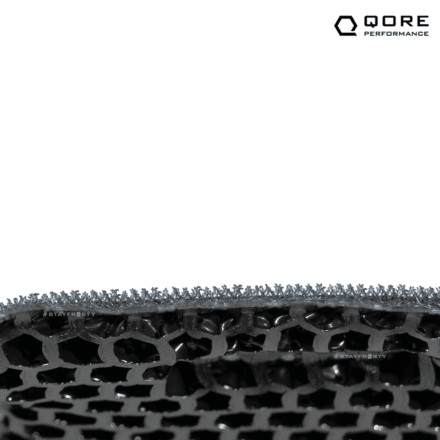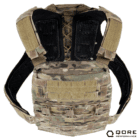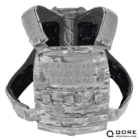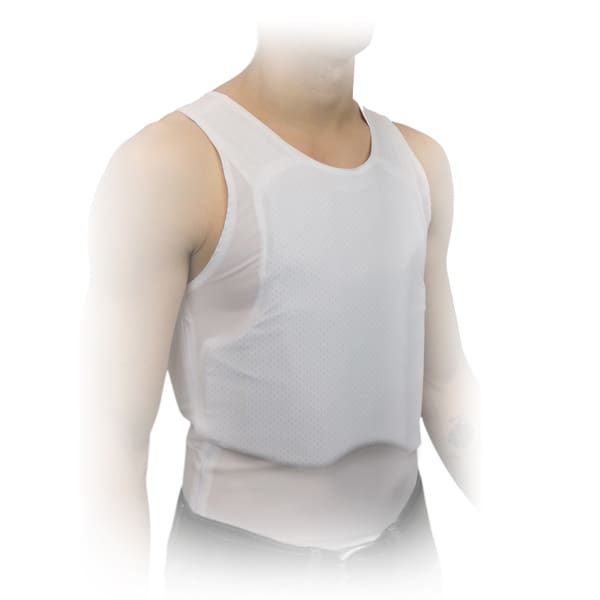• The Brabus Group is world renowned for their high-performance automotive tuning.
• Brabus Automotive is the expert for automotive derivates and armoring.
• Brabus Automotive has gained the attention of the executive security world with their Luxury Armored Vehicle, the Invicto.
• Aspetto has become the first Invicto distributor in the U.S.
3/16/22 Fredericksburg, Virginia
Aspetto announced their partnership with Brabus Automotive to bring the Invicto line to America.

This Luxury Armored Vehicle is based on the Mercedes-Benz G-Class. However, Brabus Automotive believes their Invicto is in a whole different class of armored vehicles.
Instead of retroactively fitting the SUV with armor, their engineers implemented an entirely new protection system. They created a self-enclosed bolted structural cell that is assembled inside of the original body shell. The armor components are then affixed to the shell, leaving no gaps. Extra plating and reinforcement is added to counter any inherent structural weakness.
The zero-joints design was then tested with an array of gun fire, collisions and explosions. All of which exceeded the company’s expectations.
The Invicto also has a modified chassis to easily handle the extra weight. Brabus Automotive added an entirely new wheel suspension. Thus, ensuring the vehicle has a long road life. Beyond that, many more improvements were made such as reinforcing brake discs, springs, shock absorbers and stabilisers. Brabus Automotive incorporated 3-D printing to ensure they got the exact specifications on the components they wanted to add.
Brabus Automotive offers the Invicto in three model lines: The Invicto Pure is the serial Mercedes Benz G-Class with a nearly invisible armoring. The Invicto luxury offers all interior and exterior from the Brabus G-Class accessory program. And the Invicto Mission is the trace and escort vehicle with interior and exterior features made for special forces and special purposes.
Despite the rugged exterior, the inside is the epitome of luxury. The Invicto features a fully customizable interior with a vast selection of leathers, wood, and electronic compatibility. Optionally the Invicto offers infrared and night vision capabilities, a fire extinguishing system, and an escape hatch on the roof.
Adding to the already impressive design, the Invicto has up to 800 horsepower, and can reach a top speed of 130 miles per hour. Furthermore, the Invicto can accelerate from 0 to 60 mph in 8.2 seconds.
Abbas Haider, CEO of Aspetto, said Aspetto now has exclusivity on Invicto armored vehicles for U.S. Federal and Military sales. He went on to say, “The Invicto is the new standard for armored vehicles, and our troops deserve the best.” Also remarking, “It is important to continue to seek out new ways for us to keep our first responders and law enforcement safe.”


